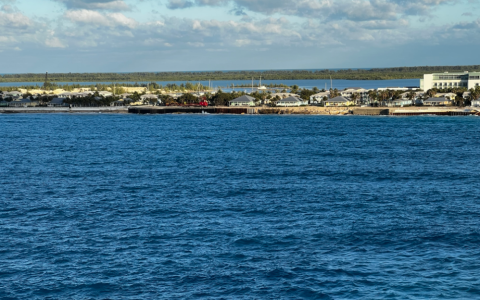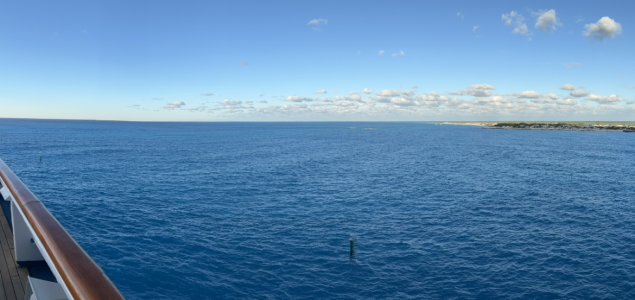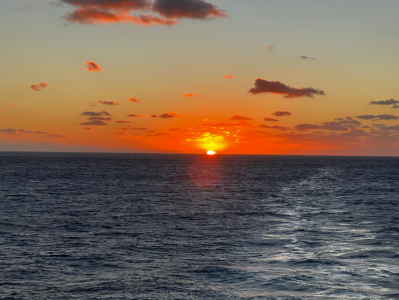Donivlapog
Well-Known Member
Hello all, warm greetings. Just wanted to say, I have been to 25 countries so far. Includes the entire ASEAN countries excluding Myanmar and Brunai (Vietnam included), 4 of our neighbours (Nepal, Bhutan, Maldieves, Srilanka), Austria, Poland, Czech Republic, Germany, Kyrgystan, Uzbekistan, Slovakia, Azarbaijan(transit 1 day city visit of Baku only), Finland, Georgia, UAE(only Dubai) and Hongkong. Some ASEAN countries on multiple times. I know it sounds like I am boasting but I was hoping to bring out your wonderful travel experiences and recommendations and travelogue.
Life is a journey.
Life is a journey.




